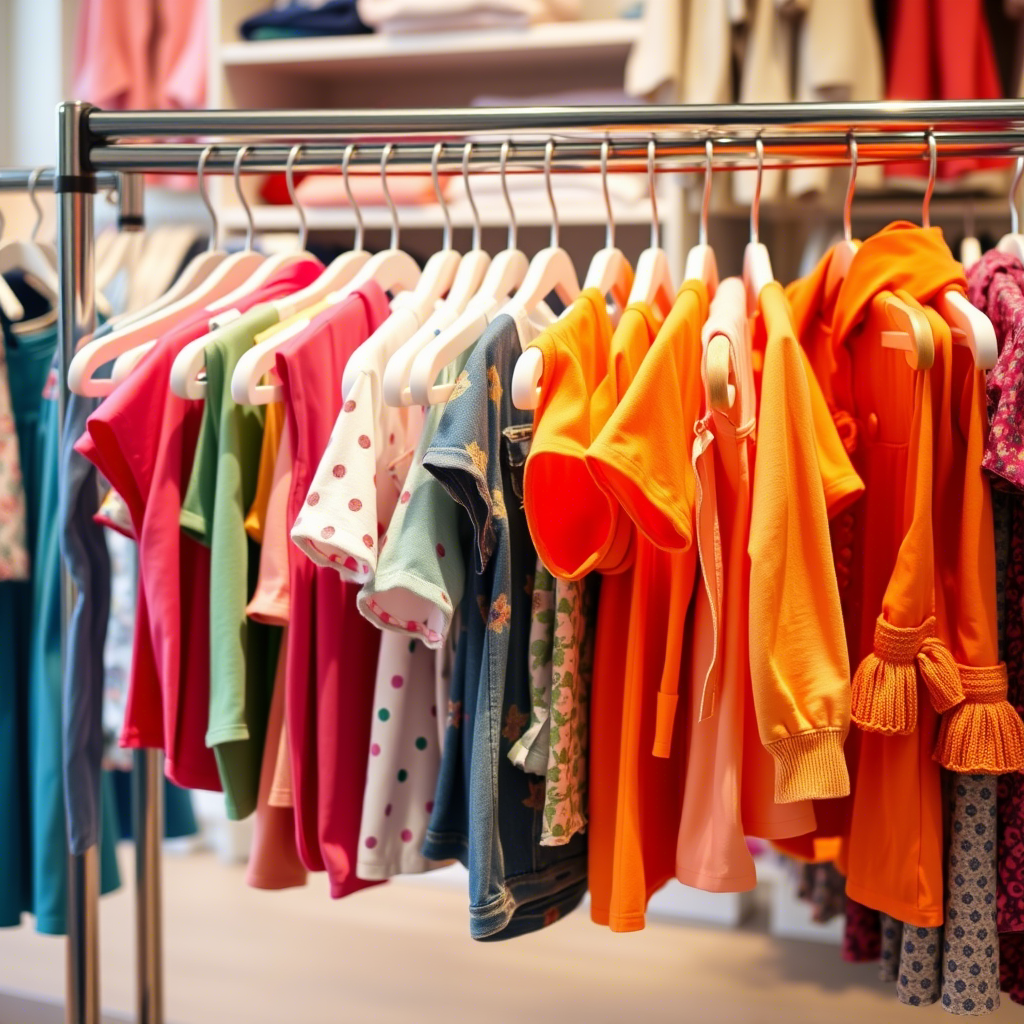Wholesale Children’s Wear for Boutiques and Stores
The demand for high-quality, stylish children’s wear is on the rise as parents increasingly seek out unique and fashionable clothing for their kids. Boutiques and stores looking to capitalize on this trend need to source their inventory from reliable wholesale suppliers. In this article, we’ll explore the world of wholesale children’s wear, discussing key considerations, benefits, and strategies for boutiques and stores to succeed in this competitive market.
Understanding the Wholesale Children’s Wear Market
The wholesale children’s wear market is diverse, with a wide range of styles, fabrics, and price points available. To navigate this market effectively, boutiques and stores need to understand their target audience and the types of products that will appeal to them.
 Key factors to consider include the age range of the children, the style and quality of the clothing, and the price point. For example, parents of younger children may prioritize comfort and practicality, while those with older kids may be more concerned with fashion and brand reputation.
Key factors to consider include the age range of the children, the style and quality of the clothing, and the price point. For example, parents of younger children may prioritize comfort and practicality, while those with older kids may be more concerned with fashion and brand reputation.
- The global children’s wear market is projected to continue growing, driven by increasing demand for premium and sustainable products.
- Boutiques and stores can differentiate themselves by offering unique and exclusive designs that are not readily available in larger retail chains.
- Building strong relationships with wholesale suppliers is crucial to ensuring a consistent and reliable supply of high-quality products.
Sourcing Wholesale Children’s Wear
When it comes to sourcing wholesale children’s wear, boutiques and stores have a number of options to consider. They can attend trade shows and industry events to connect with suppliers, search online for wholesale directories and marketplaces, or reach out to manufacturers directly. For instance, boutiques can explore boys’ coats from reputable suppliers to add a stylish and warm product line to their inventory.
- Researching potential suppliers thoroughly is essential to ensure they meet quality, safety, and regulatory standards.
- Boutiques and stores should also consider factors such as pricing, shipping, and customer service when selecting a wholesale supplier.
- Building a diverse portfolio of suppliers can help mitigate risks and ensure a consistent supply of products.
Creating an Effective Wholesale Purchasing Strategy
To get the most out of their wholesale purchasing, boutiques and stores need to develop an effective strategy that aligns with their business goals and target market.
 This involves analyzing sales data, understanding consumer trends, and making informed decisions about which products to stock and in what quantities.
This involves analyzing sales data, understanding consumer trends, and making informed decisions about which products to stock and in what quantities.
- Analyzing historical sales data and seasonal trends can help boutiques and stores identify best-selling products and optimize their inventory.
- Staying up-to-date with the latest fashion trends and consumer preferences is crucial to ensuring the products remain relevant and appealing to customers.
- Boutiques and stores should also consider factors such as product lifecycle, storage, and logistics when planning their wholesale purchasing strategy.
Managing Inventory and Merchandising
Effective inventory management and merchandising are critical to the success of boutiques and stores selling wholesale children’s wear.
 This involves not only managing stock levels but also creating visually appealing displays that showcase products in an attractive and engaging way. For example, boutiques can create a visually appealing display by grouping similar products together, such as girls’ dresses, and using mannequins or props to add a creative touch.
This involves not only managing stock levels but also creating visually appealing displays that showcase products in an attractive and engaging way. For example, boutiques can create a visually appealing display by grouping similar products together, such as girls’ dresses, and using mannequins or props to add a creative touch.
- Implementing an inventory management system can help boutiques and stores track stock levels, monitor sales, and make data-driven decisions.
- Creating visually appealing displays and using effective merchandising techniques can help drive sales and enhance the shopping experience.
- Boutiques and stores should also consider factors such as product rotation, clearance sales, and promotional activities to manage inventory effectively.
Building Strong Relationships with Wholesale Suppliers
Building strong relationships with wholesale suppliers is essential to ensuring a consistent and reliable supply of high-quality products. This involves communicating effectively, negotiating fair prices, and being responsive to supplier needs.
- Establishing clear communication channels and expectations can help prevent misunderstandings and ensure smooth transactions.
- Boutiques and stores should also be prepared to negotiate prices, payment terms, and other aspects of the wholesale agreement.
- Building a long-term partnership with suppliers can lead to benefits such as priority access to new products, exclusive deals, and improved customer service.
Conclusion
The wholesale children’s wear market offers a wealth of opportunities for boutiques and stores to source high-quality, stylish products for their customers. By understanding the market, sourcing products effectively, creating a solid purchasing strategy, managing inventory and merchandising, and building strong relationships with suppliers, businesses can succeed in this competitive landscape. As the demand for children’s wear continues to grow, boutiques and stores that adapt and evolve will be well-positioned to capitalize on this trend and drive long-term success.